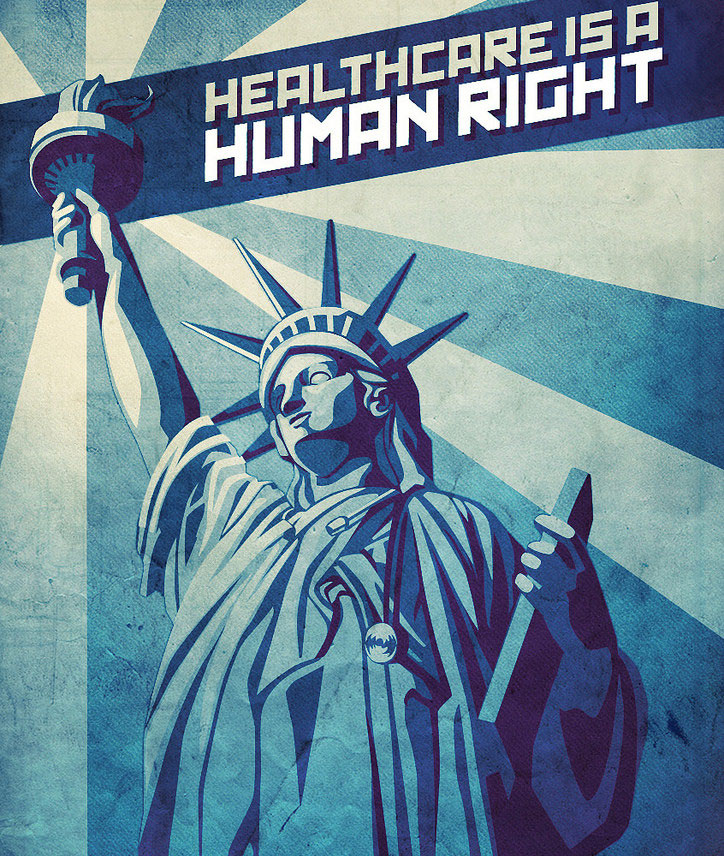
December 18, 2016; New York Times
In this age of information sharing, it can be fairly simple to gather data and feel like an informed consumer when planning a purchase. One can hop online, look up specs, performance data, and customer reviews within minutes. Why is it so different, and so complicated, with healthcare? New research published in the Public Library of Sciences’ PLOS One suggests that this information could literally mean the difference between life and death.
The research team led by Dr. Barry Rosenberg sought out to quantitatively compare health outcomes based on geographic regions. After adjusting for variables such as income level, race, and health status prior to hospital visits, the researchers found significant differences in health outcomes between regions. Moreover, these variations aren’t always what you would expect. For instance, they found some hospitals with a “healthy and wealthy” patient base actually had poorer health outcomes than some hospitals serving a disadvantaged patient base.
This study brings forward two very important points. First and foremost, hospitals are not all alike. When a medical emergency arises, the closest hospital may not be the best option. Rather, going a littler farther to a better hospital could mean a completely different health outcome.
However, this leads into the next critical point, which is that consumers need the data. We need to know which hospitals have the best outcomes for every procedure so that we can make informed decisions about our health. Existing sources of information come up sorely lacking. For instance, recently, the Centers for Medicare and Medicaid Services (CMS) launched an online tool that maps health disparities for Medicare consumers only. Although this is a start, the tool does not provide health outcomes information that would be helpful for consumers making a decision about where to seek healthcare. A perfect example of this is the toolkit’s data indicating the number of patients prescribed antibiotics. There is no explanation in this data regarding whether these antibiotics were prescribed due to infections acquired at the hospital.
Sign up for our free newsletters
Subscribe to NPQ's newsletters to have our top stories delivered directly to your inbox.
By signing up, you agree to our privacy policy and terms of use, and to receive messages from NPQ and our partners.
Other sources of information are websites that rate physicians and hospitals, such as Healthgrades. As with the Medicare site, this is a good start. However, the information for consumers regarding hospitals is based on a ranking system that Healthgrades assigns. The website doesn’t offer consumers actual data regarding infection rates and mortality; rather, the site claims to use this data to assign hospitals awards. Further, the information regarding physicians is essentially Yelp for doctors. Patients offer reviews and personal stories, although bias needs to be taken into consideration, as consumers tend to write reviews when extraordinarily pleased or unhappy with the service they received.
Further, hospitals tend to be secretive with their patient outcomes data. In fact, for the research team to gain access to the data for their study, they had to keep all of the hospitals anonymous. At the end of the day, hospitals are businesses, and the only way to keep them accountable and striving for improvement is to make this data public knowledge.
Atul Gawande, prolific healthcare writer and member of the research team, singles out data that is currently available regarding heart surgery and cystic fibrosis as a gold standard to aim for as tools emerge to help consumers make informed healthcare decisions. About these tools, he comments, “They are actually naming the outcomes by hospital. The world did not end.”
This goes to show that consumers need to put pressure on hospitals to release outcomes data and positively reinforce those that do well. Our health and our lives are at stake. Shouldn’t we know everything we can about the care we’re receiving?—Sheela Nimishakavi













